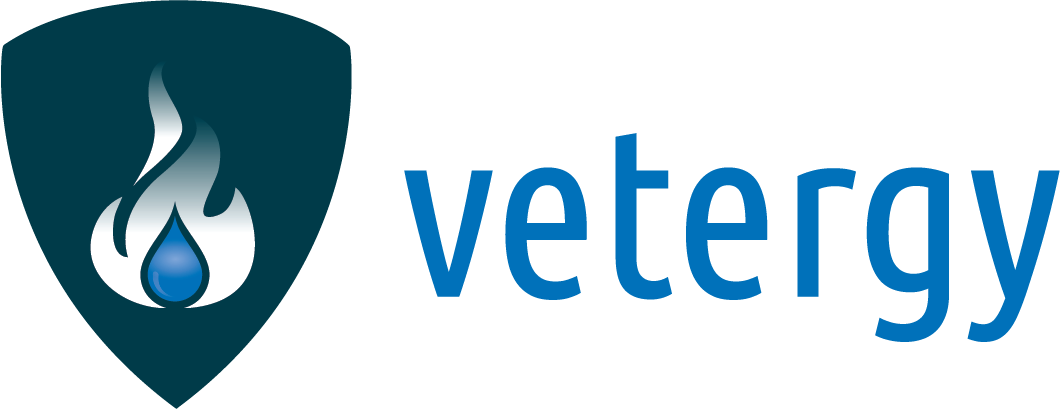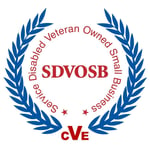Transforming organizational culture is one of the most challenging endeavors a company can undertake.
We know around 70% of transformation programs fail, but your organization’s effort can be counted in the top 30% that succeed by following some basic principles.
We’ve currently been helping a large organization in the petrochemical industry transform its culture. When they came to us, they were facing low morale, increased loss of personnel, a lack of unity towards a common operating vision, all the while battling a myriad of reliability issues.
Despite COVID-19 causing serious delays, the organization has realized many successes in its transformation process. We wanted to share the key elements that produced positive results in that change journey thus far.
Lesson 1. Understand your starting point
Cultural change is a journey, and as with any journey, you must have a clear starting point. Therefore, it’s vital to understand the current condition of your workforce. This allows you to see the major gaps that are present and prioritize areas for improvement.
At Vetergy, we use an Operations Resilience Index (ORI) to help determine the starting point. The ORI measures 15 resilience factors we believe are important to the culture of an organization. We not only capture this information through a survey but then go into the organization to dig a bit deeper into the issues. We conduct field research by looking at existing processes, accidents or incidents, and how people responded to them.
Using the ORI for our petrochemical client, we found there were many disgruntled people. However, the data also showed a high desire to be a close-knit, family-oriented type of workplace. This was very encouraging for us because while people were generally unhappy with conditions, they wanted to be better. We were able to receive relevant and honest feedback because our assessments are anonymous. Vetergy Group takes great care to ensure workers can provide honest inputs without fear of retribution. Otherwise, a true picture of the starting point cannot be achieved, and the journey is flawed before it ever gets started.
Lesson 2. Break it down
The enormity of cultural change efforts can feel overwhelming and at times, impossible. So it’s essential to break it down into manageable pieces.
First, we must overcome the natural resistance to change. We call this overcoming the status quo. In this first piece it is important to define where the organization is going and build enough momentum to maintain the change effort. To accomplish this, you not only need to define your vision statement but must create a sense of urgency in the matter. This will send the message that although change is difficult, it is a priority. The leadership body within the organization must also be aligned on the vision and resolute with the urgency as it is they who must maintain momentum until a critical mass of support is attained where the inertia of momentum becomes self-sustaining.
Once this is achieved, work on creating new behaviors. This is done by engaging the workforce to actively participate in the change and then by empowering them to create and implement new initiatives to drive change. A good technique here is to identify opportunities for “quick-wins”—those things that can be done right away with minimal effort and resources to demonstrate action and commitment.
Finally, you must monitor the change effort for emergence. Set milestones and periodically pulse the workforce to monitor and track the organization’s sentiment around the change effort. It is unlikely all change initiatives will produce the results you are hoping for. That’s okay, as long as you and your teams are curious about what’s not working, and you take steps to adjust the plan.
The most important element in all these pieces is communication. We consistently see our clients underestimate the communication capacity required for successful change. If employees see things starting to change, and they do not understand why the change is taking place, they are more likely to be skeptical of the change instead of supportive. Organizations must communicate messages which are aligned, and the message must be communicated via multiple channels multiple times before they begin to be heard and processed by employees.
Lesson 3. Focus on bottom-up for maximum engagement
Culture is essentially a reflection of the everyday existence of the people that make up the organization. It is therefore vital that all levels of the organization have a voice and input into that culture for there to be widespread acceptance and practice.
Change efforts, especially cultural changes, are much more effective if they originate at the worker level and rise to senior management. Build a cross-functional team that consists of employees from the front and middle echelons in the organization and empower them by explaining why change is important and what your vision is, then let them figure out how to make that happen.
For our petrochemical client, we gathered a group of around 15 volunteers to produce a shared transformational vision. Every dimension of the organization was covered: functionally, age, ethnicity, gender, education levels, as well as leadership levels, from leader to newly hired. This group included those who were engaged and those who weren’t happy with the status quo. It didn’t matter which camp they sat in, we needed people who cared and wanted to make a difference.
The group developed a vision for the organization and a common target to strive for – importantly, this vision represents the entire body of the workers, not just a handful of leaders.
Lesson 4: The power of team building
In any organization, you need strong teams to work efficiently, create safe working environments, and hit objectives.
You might view team building as nothing more than a corporate waste of time, but it’s actually a crucial part of cultural transformation. We know that people who are engaged and connected work better and have more effective communication patterns. Just consider how much easier it is to pick up the phone when you have a connection with the person you are communicating with.
Team building is not a one-off corny icebreaker activity we do at the start of the process. It is integrated throughout the process and often.
For the example client we have been using, we included a team-building event during every forum. As well as building important social bonds, this was also a way to break down the formality of going through data and sitting through presentations.
In addition, the organization revitalized a recognition program in which they highlighted individual workers and the value they bring to the organization. And within that initiative was the idea that they need to have fun as an organization. They organized cookouts, pizza lunches, big bass fishing tournaments.
Transformation is happening, slowly
While the culture change is still in its early days with our client, we’re seeing energy and improvement within the organization. Leaders are stepping up to take ownership and plans are being made and executed.
There’s also a lot of positive talk on aligning initiatives with the vision. When we began, they weren’t talking about a vision at all. Now, when an initiative comes up in discussion, the first question is “how does this align to our vision?” That is a huge shift in mindset.
One of the most rewarding parts of this work is seeing individuals grow through their experience as leaders. At the start of this journey, people were sitting on their hands asking us to lead. Now they are contributing freely and taking initiative.
Remember that cultural change can be a slow and long endeavor. People generally don’t like change. And they especially don’t like to change themselves. There must be both tangible and non-tangible benefits of the effort and it takes time for those benefits to be both realized and seen.
Transformation starts with knowing where you are. Take this self-assessment to find out how many of the 15 Core Factors of Resilience you achieve.



 1200 Corporate Drive, Ste 170
1200 Corporate Drive, Ste 170




